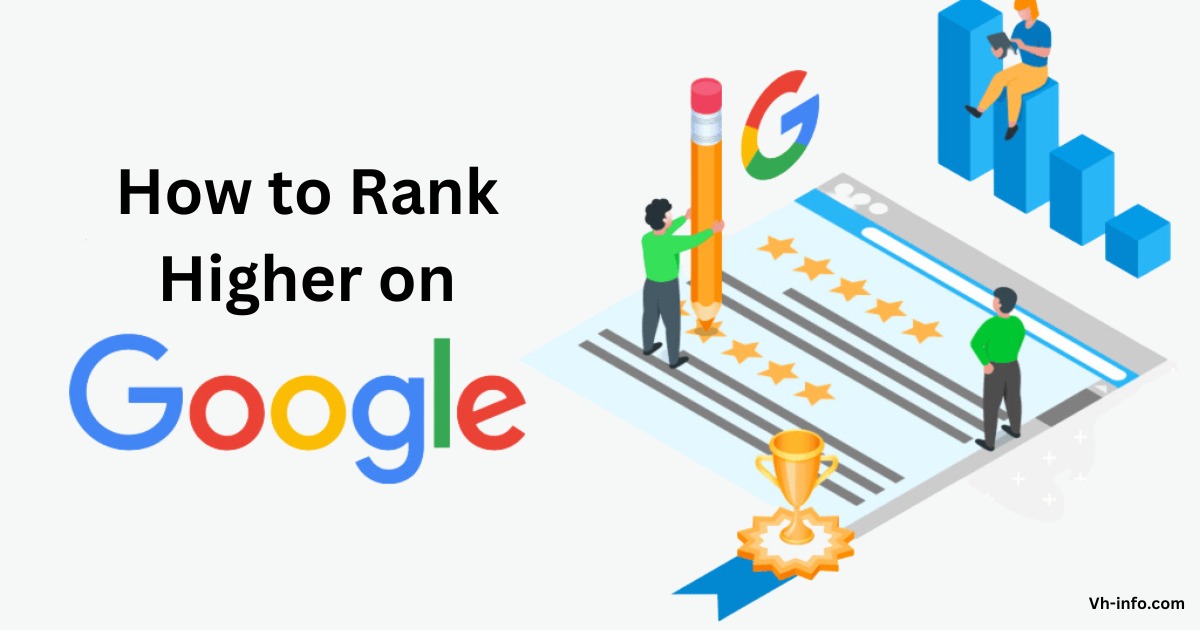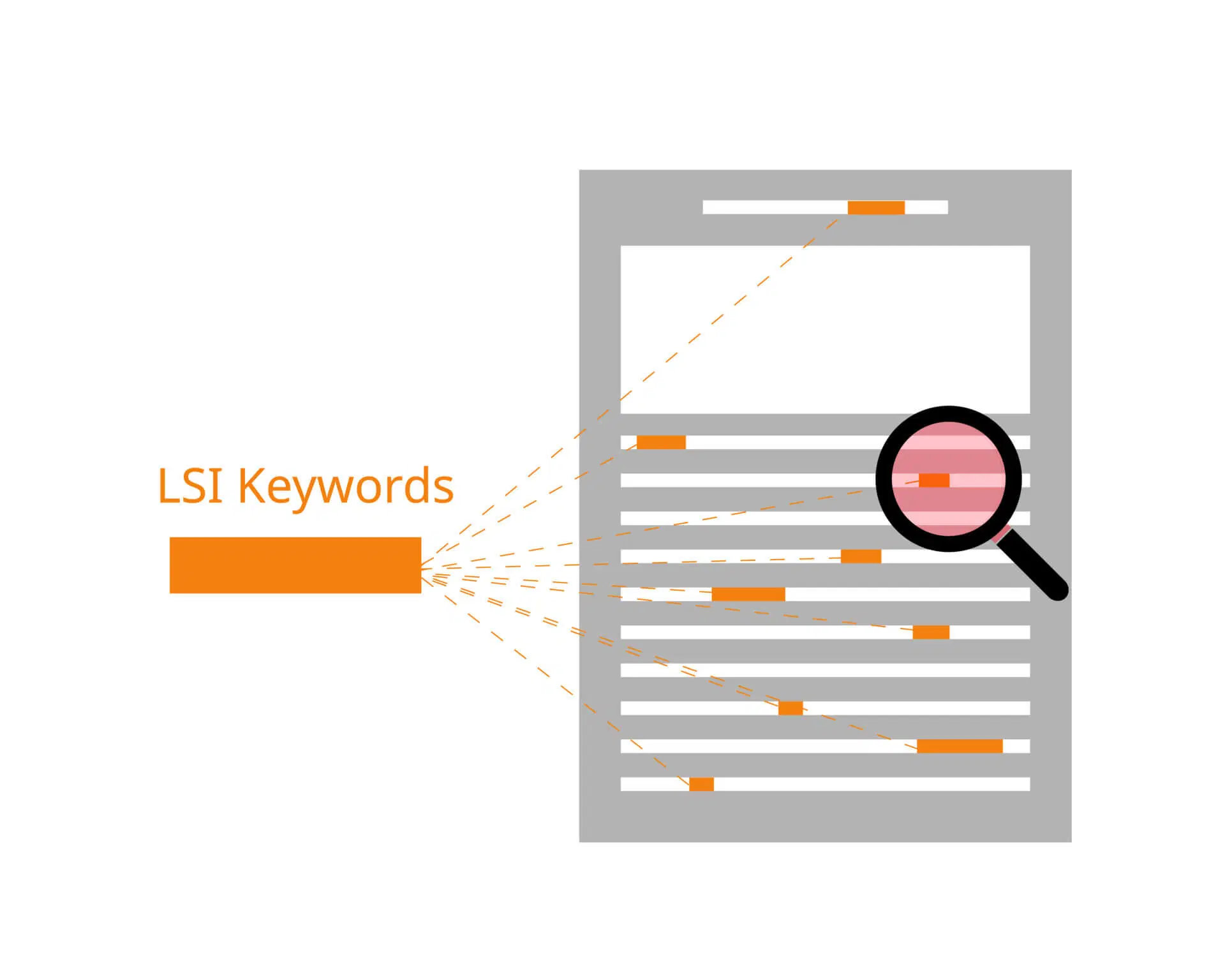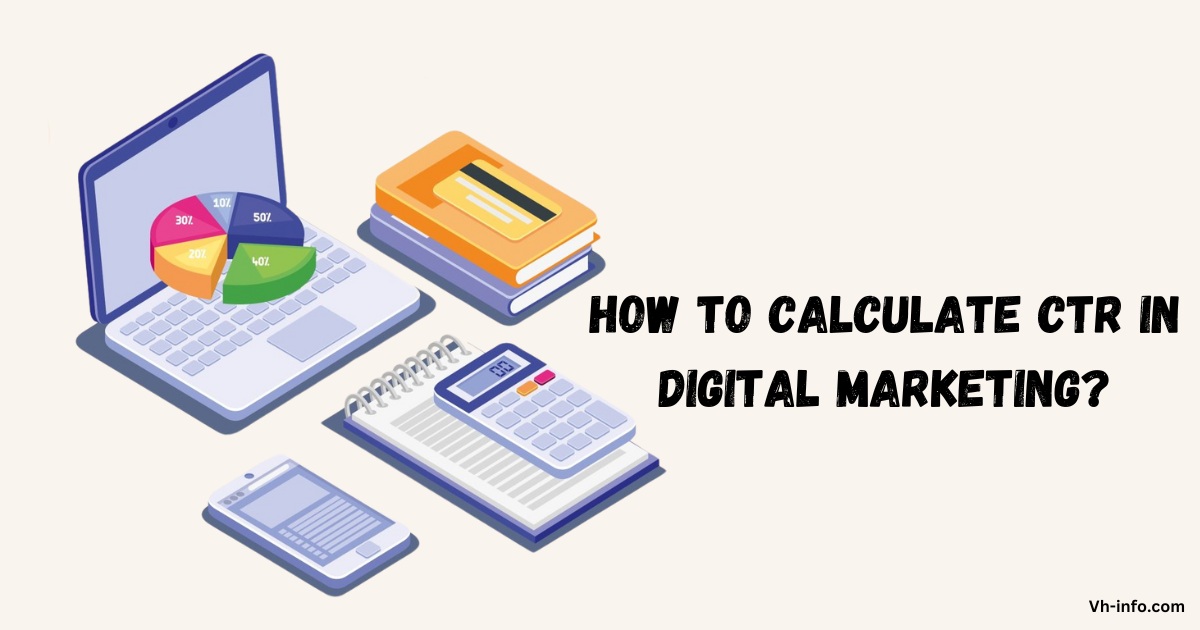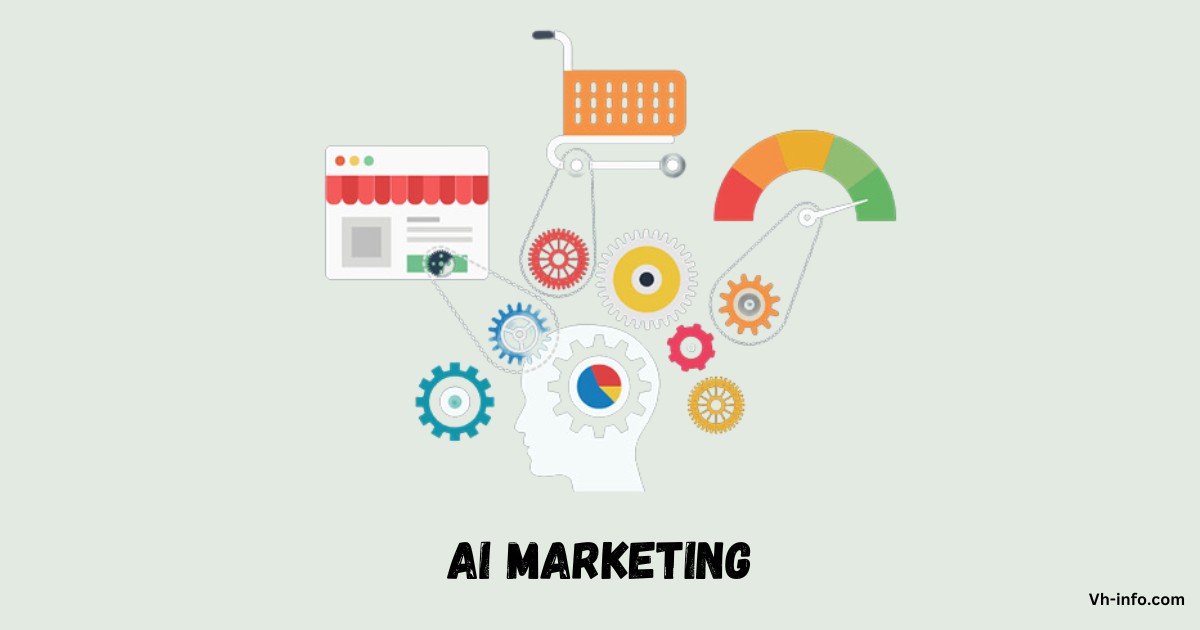
How to Rank Higher on Google? 15 Proven Ways
Ranking higher on Google is a top priority for any SaaS business looking to drive organic traffic and grow its

How to Rank Higher on Google? 15 Proven Ways
Ranking higher on Google is a top priority for any SaaS business looking to drive organic traffic and grow its

LSI Keywords: What Is It, Benefits, Limitations & How To Use It?
As a SaaS company, we know the importance of search engine optimization (SEO) in driving organic traffic to your website.

How To Get Into Marketing: Step-By-Step Guide For Success
Are you interested in a dynamic, creative career that blends strategy, communication, and technology? Marketing could be the perfect fit

How to Calculate CTR in Digital Marketing? Formula & Tools
Click-through rate (CTR) is one of the most important metrics in digital marketing. It measures how often people click on

AI Marketing: Meaning, Benefits, Limitations & Examples
In the rapidly evolving world of digital marketing, artificial intelligence (AI) has emerged as a game-changer for SaaS companies. AI

What is the Google Sandbox? The Ultimate Guide for SaaS SEO
If you’ve recently launched a new website and are struggling to gain visibility in Google search results, you may be
WHAT WE
3rd floor, VHinfo, QRXG+CG9 Capital Market, Canal Rd, chokdi, Ravapar, Morbi, Gujarat 363641
VH-info © 2025 | All Rights Reserved